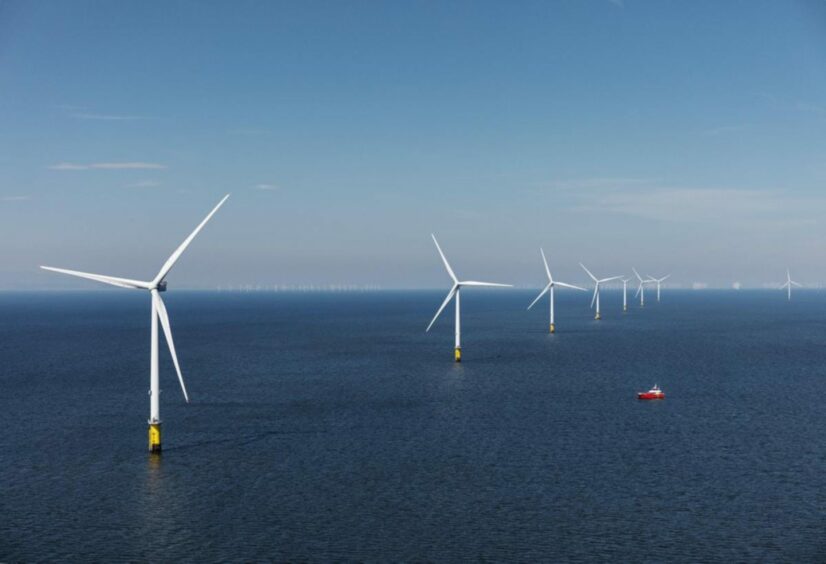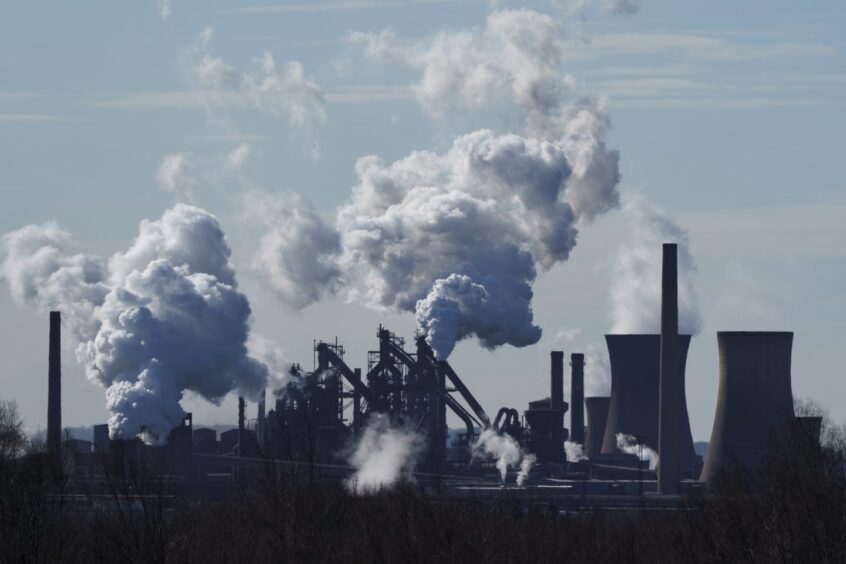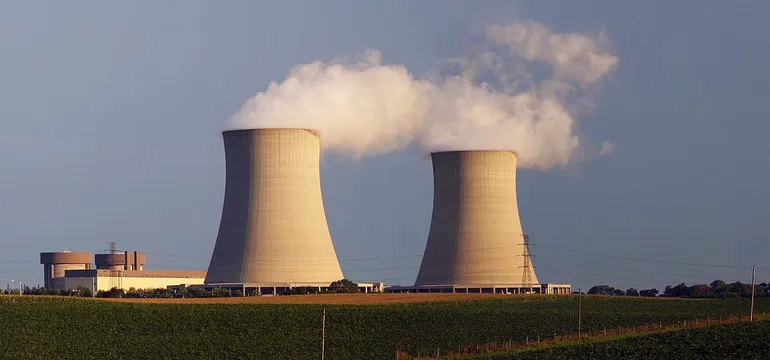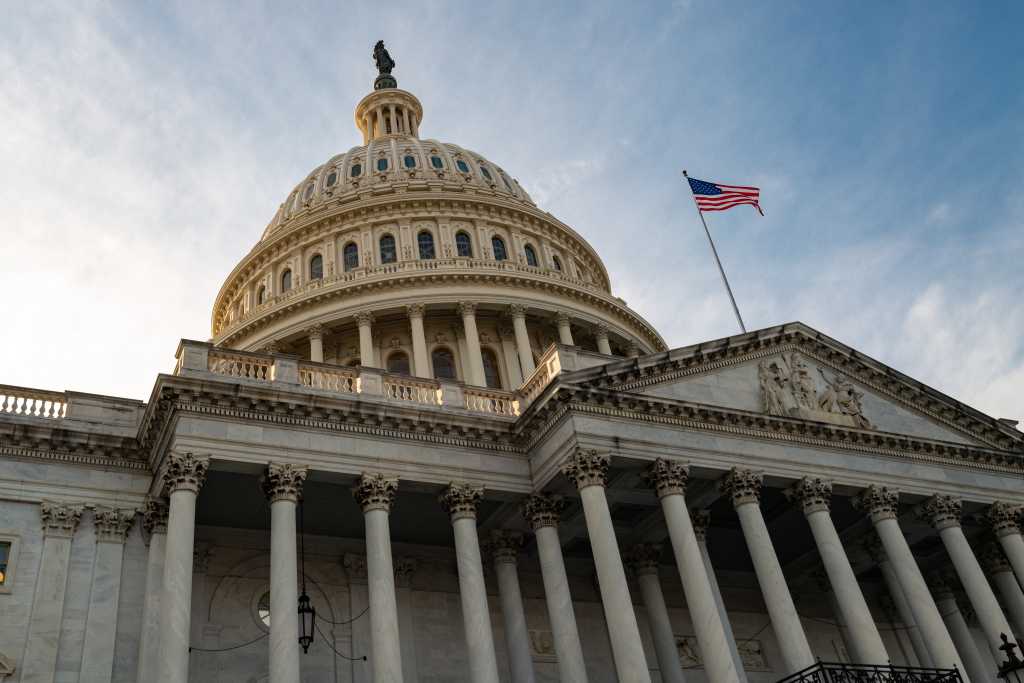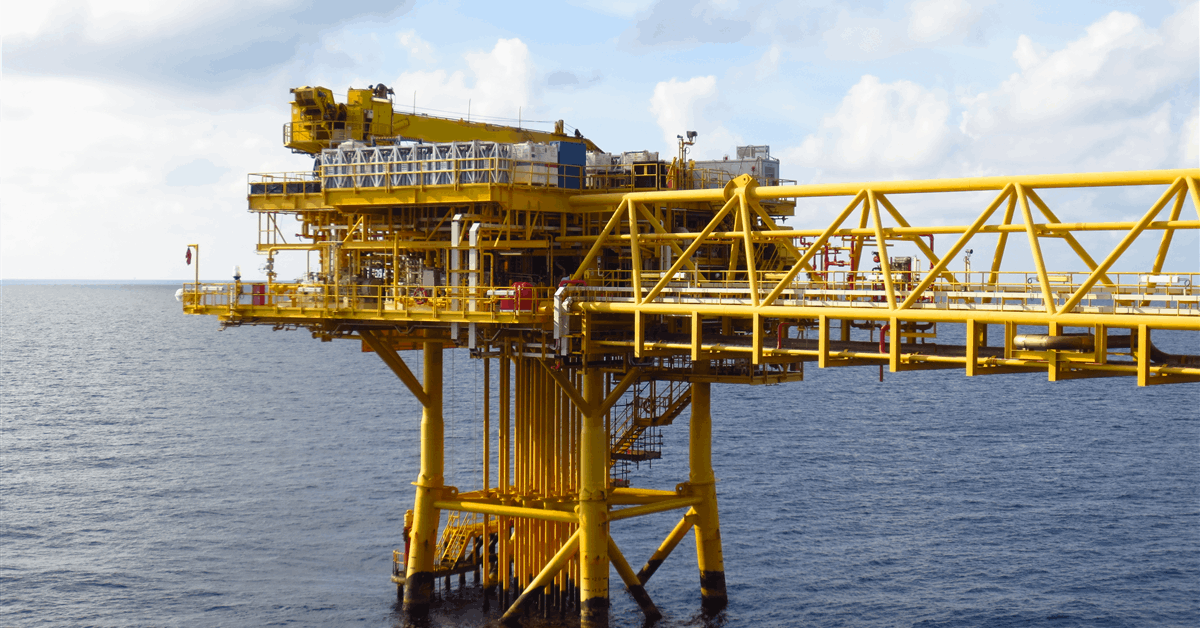
Exxon Mobil Corp. and its partners have agreed to invest nearly $200 million to develop an additional well to grow production in the Kipper field offshore Australia ahead of winter 2026.
The Kipper 1B project “will bring online much-needed additional gas supply from the Gippsland Basin”, ExxonMobil said in an online statement.
The project also involves “significant upgrades to the West Tuna platform”, the United States oil giant said. Drilling is set to start later this year, with the upgrades happening simultaneously.
“Esso Australia continues to invest in multiple projects that ensure our Gippsland operations sustain gas production well into the 2030s”, commented Simon Younger, chair of ExxonMobil for Australia.
“Projects like Kipper 1B are vital to help meet the country’s energy security needs by bringing new supply online, which will be used exclusively for Australia’s domestic market”.
Last year the partners finished installing compression facilities in the Kipper field to maintain natural gas production.
The field “experiences decreasing reservoir pressure as it depletes”, requiring additional compression on the West Tuna platform to keep gas flowing to the domestic market, ExxonMobil said October 18, 2024, announcing the completion of the compression project.
Kipper currently has a production capacity of 115 terajoules a day of gas. It supplied nearly 60 percent of the southern states’ consumption in 2023, according to ExxonMobil.
In March 2022, ExxonMobil and BHP Group Ltd., whose oil and gas assets were later acquired by Woodside, announced a AUD 400 million ($253.67 million) investment to deliver an additional 200 petajoules from Kipper between 2023 and 2027.
Kipper is part of the Bass Strait Project between ExxonMobil and Woodside Energy Group Ltd. Bass Strait has numerous conventional oil and gas fields in the Gippsland Basin off the southeast coast of Victoria.
With several fields in the Bass Strait depleted, the partners in 2024 submitted plans to drill more wells in Kipper and the Turrum field.
David Berman, commercial director of ExxonMobil for Australia, told the Australia Domestic Gas Outlook Conference on March 26, 2024, “By winter next year we expect to have 70 percent fewer gas producing wells than we had in 2010”.
“Clearly the addition of new and reliable well stock to the production system will be a significant benefit if in the future the joint venture decides to invest in new gas supply”, Berman cautioned, according to an official transcript.
“As more legacy fields end production, we will continue to match onshore capacity with reduced offshore capacity, both to produce gas at a competitive cost but also to maintain reliability of gas production for our customers.
“By the end of this year, we will have invested around 350 million dollars since 2021 to reconfigure Gippsland Basin Joint Venture facilities to produce safely and reliably into the next decade.
“And as we step down from three to two gas plants in 2024 and ultimately later in the decade to one gas plant at Longford, reduced onshore processing capacity means growth of gas production forecasts like what we saw in 2021 and 2022 is less likely.
“These changes have important implications. For Australians on the east coast, ExxonMobil will remain a reliable supplier of gas to our customers, however the decrease in available Gippsland Basin Joint Venture production means the joint venture’s capacity to respond to disruptions that go beyond the needs of our customers to maintain the reliability, resilience, and stability of the system will be reduced”.
ExxonMobil operates the Gippsland Basin Joint Venture with a 50 percent stake, with local company Woodside holding the remaining half. ExxonMobil also operates the Kipper Unit Joint Venture with a 32.5 percent stake, with Woodside also owning 32.5 percent and Japan’s Mitsui & Co. Ltd. having 35 percent.
To contact the author, email [email protected]





